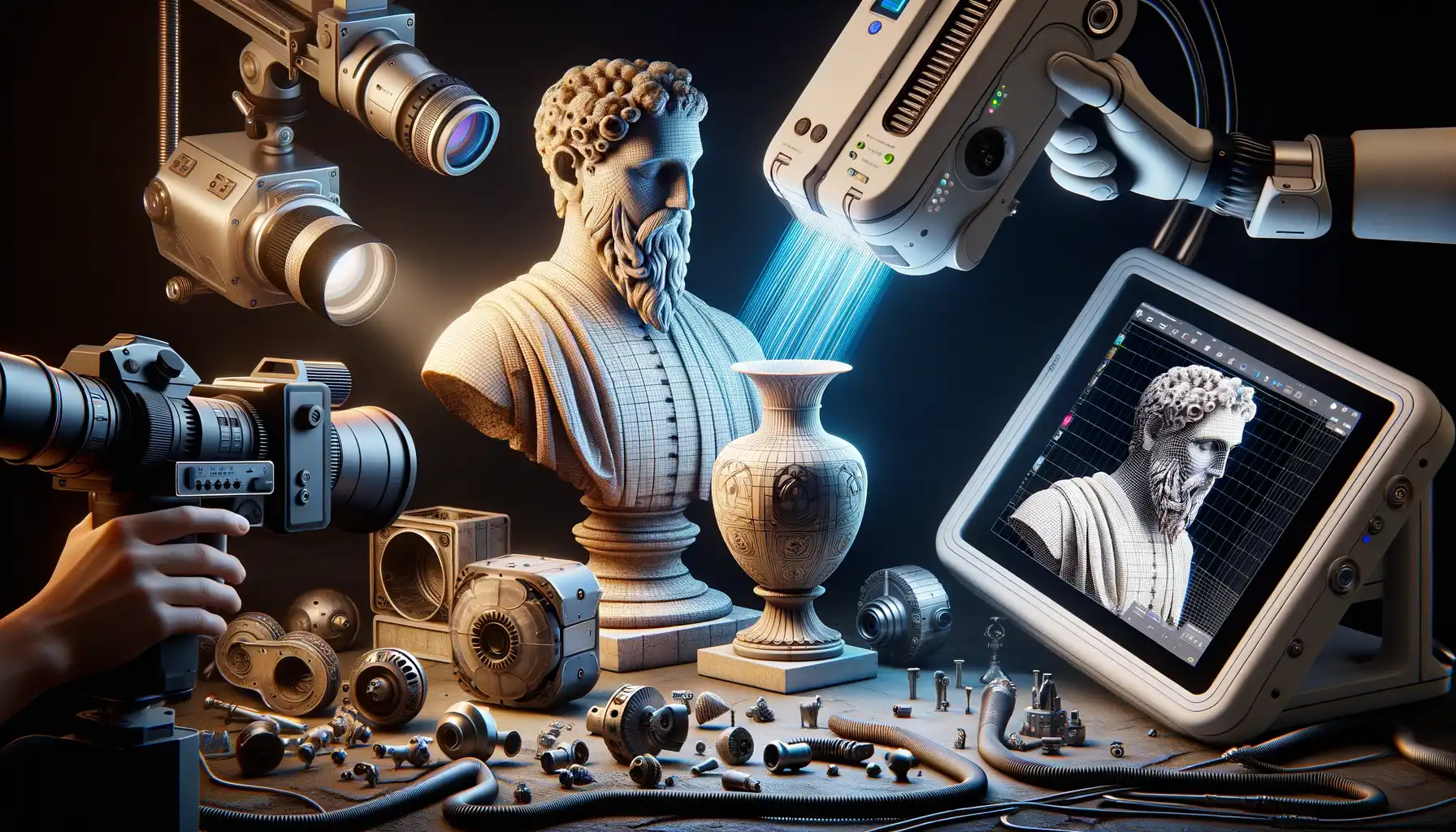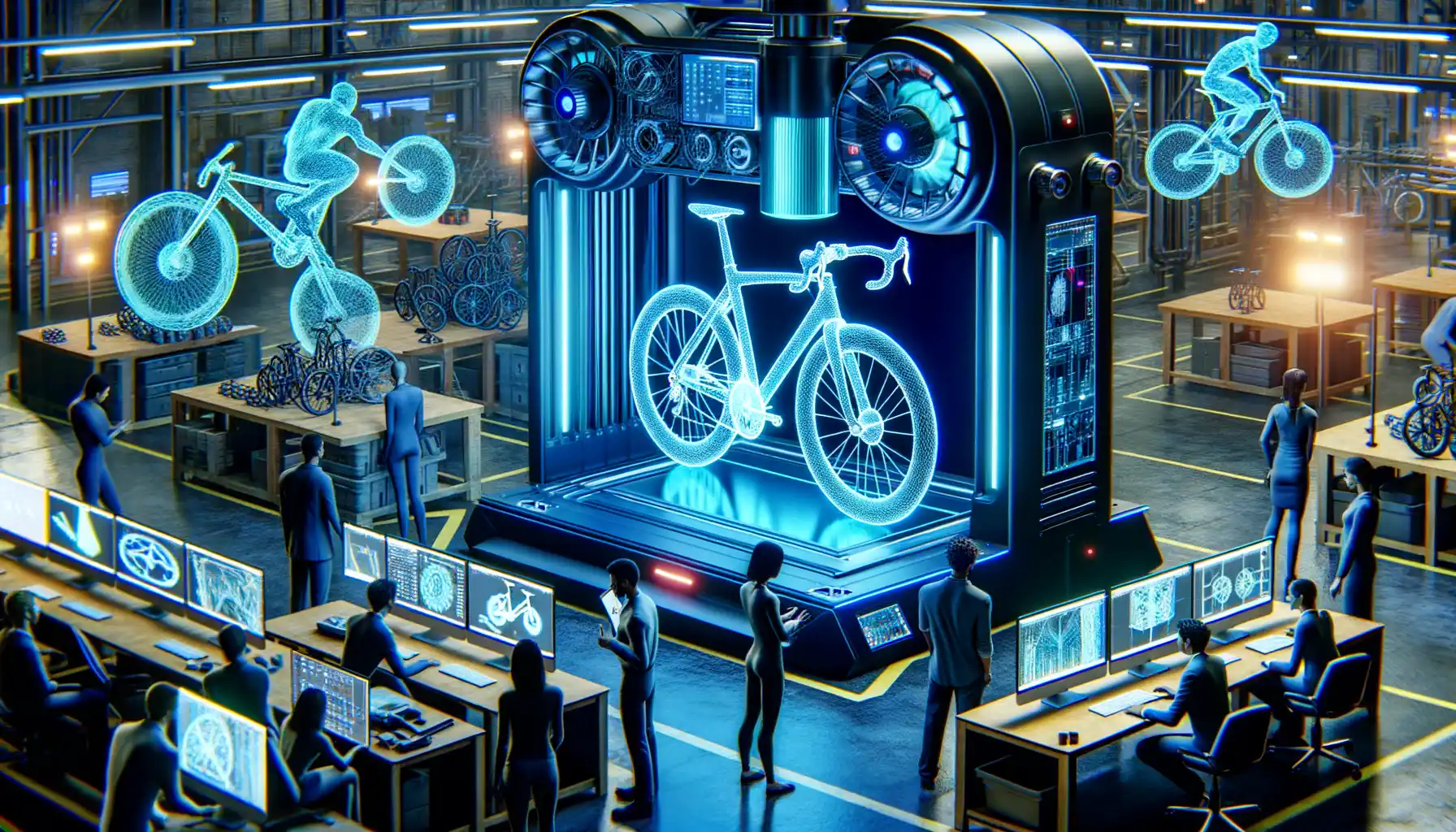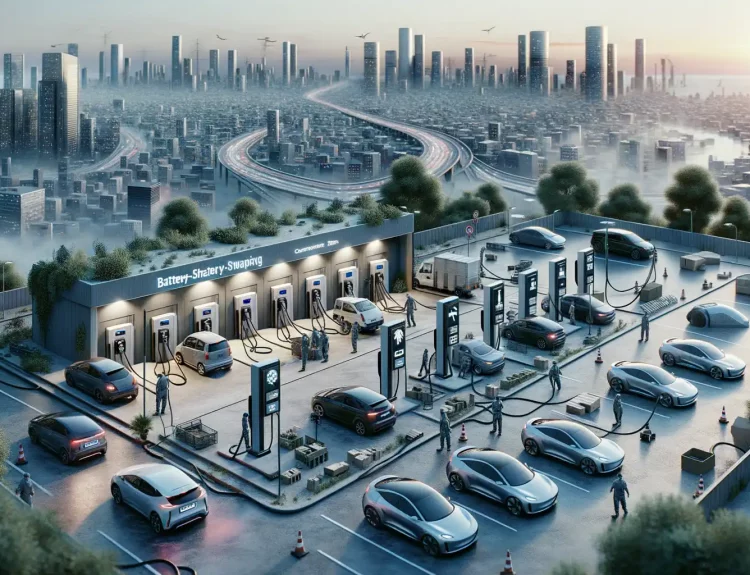Introduction to 3D Scanning Technology in Bicycle Frame Design
The Revolution of Precision in Bicycle Frame Design
Imagine this: a bike frame that feels like it was crafted not just for your measurements, but for your very soul. That’s the magic of integrating 3D scanning technology into bicycle design. It’s like having a master craftsperson shape every curve, angle, and joint of your frame with total precision—except now, science and tech are holding the tools.
At its core, 3D scanning captures every essential detail: your posture on the bike, the way you lean into a corner, even how your body moves under pressure. The result? A digital blueprint that’s not just accurate—it’s intimate. This technology transforms you from a generic “Medium” or “Large” size to *your* size.
- Every millimeter of your frame is measured for ergonomic perfection.
- Unique anatomical quirks? No problem—3D scans know exactly how to adapt.
- Even ride style preferences are baked into the design: speed demons and trail shredders alike, rejoice!
It’s not just technology; it’s artistry. And when the two come together, the boundaries of bicycle design are rewritten, turning cookie-cutter frames into masterpieces that move as naturally as you do.
Techniques and Tools for Accurate 3D Scanning

Crafting Precision: Must-Know 3D Scanning Methods
Every detail counts when designing a custom-fit bicycle frame, and choosing the right 3D scanning technique is half the battle. There are two standout methods that engineers and designers swear by: **structured light scanning** and **laser triangulation**.
Structured light scanning feels almost magical—it projects patterns onto the bike or rider, creating a detailed map of every curve and contour. It’s like shining a flashlight that doesn’t just illuminate but understands shapes. Perfect for capturing complex geometries and ensuring your frame hugs every line of the cyclist’s body.
Laser triangulation? It’s all about pinpoint accuracy. A laser beam dances across the surface, measuring distances with incredible precision. This method is the go-to for hard materials like carbon fiber or aluminum frames you’re prototyping on the spot.
- Pro tip: Structured light works best in controlled lighting environments.
- Bonus: Laser triangulation thrives even on reflective surfaces—hello, glossy bike frames!
Tools of the Trade: Your Scanning Arsenal
When it comes to tools, brands like **Artec Eva**, **Creaform HandySCAN**, and **FARO Edge** lead the pack. These scanners are the Swiss Army knives of tech—versatile, portable, and ridiculously easy to use. Consider handheld options if mobility matters or stationary models for studio-level perfection.
Equally important? Software. Tools like **Geomagic Design X** and **PolyWorks** convert raw scans into editable 3D models, like turning a sketch into a masterpiece. Throw in some CAD integration, and voilà—you’re ready to build a bike that feels tailor-made for its rider.
Benefits of Using 3D Scanning for Custom-Fit Bicycle Frames

Transforming Your Ride with Perfect Precision
Imagine a bicycle frame so tailored to your body, it feels like an extension of yourself. This is the magic of 3D scanning in action. By capturing every nuance of your anatomy—down to the millimeter—this technology ensures that every curve, angle, and weld of your custom-fit frame aligns perfectly with you. Say goodbye to awkward riding positions or off-the-shelf compromises!
With 3D scanning, precision reaches an entirely new level. The scanner reads not just your physical dimensions but also your posture and natural movement patterns. This data-driven customization leads to:
- Enhanced comfort: No more numb hands or aching backs during long rides.
- Increased efficiency: Power transfer is maximized because everything fits in harmony.
- Injury prevention: A frame designed for your exact biomechanics reduces strain on joints and muscles.
The Game-Changer for Cyclists of All Levels
Whether you’re a casual cruiser or a fierce competitor chasing podium finishes, using 3D scanning to design your bike isn’t just tech—it’s transformative. Think of pro cyclists who tweak their setups endlessly for marginal gains. Now, imagine having that kind of pinpoint accuracy personalized for you.
Even hobbyists notice the difference instantly. One rider shared how, after switching to a scanned custom-fit frame, hills felt less daunting and their speed soared. It’s not just about having a bike; it’s about having your bike.
Challenges and Limitations in 3D Scanning Applications

The Unseen Hurdles in Precision 3D Scanning
Every great innovation has its quirks, and 3D scanning is no exception. While it might feel like magic to see a rider’s body geometry translated into a digital blueprint, there are moments when the spell breaks. Take, for instance, the challenge of scanning reflective or transparent surfaces—sweaty cycling gear, anyone? These materials can confuse scanners, resulting in distorted models that don’t quite align with reality.
Then there’s the pesky matter of motion. A rider who fidgets even slightly during the process can unintentionally create errors in the scan. And let’s face it, staying perfectly still when someone is zipping a laser around you? Not exactly easy.
- Environmental conditions: Poor lighting or unexpected shadows can wreak havoc on the equipment’s accuracy.
- Data processing struggles: Turning raw scans into usable 3D models often demands powerful hardware and software—and let’s just say not every computer is up for the job.
These imperfections don’t mean 3D scanning isn’t worth its weight in gold; they simply remind us that technology, like a finely-tuned bike, requires care, troubleshooting, and the occasional adjustment. Sometimes, it takes a few bumps in the road to get the perfect fit.
Future Trends in 3D Scanning for Bicycle Manufacturing

The Uncharted Horizon of 3D Scanning in Bike Crafting
Imagine this: a world where every curve, contour, and centimeter of your body is captured with breathtaking precision. The result? A bicycle frame that feels less like a machine and more like an extension of YOU. That’s where the future of 3D scanning for bicycle manufacturing is headed—and it’s as thrilling as a sprint to the finish line.
What’s fueling this revolution? Let’s talk about **AI-powered scanning** systems combined with advancements in **cloud-based data processing**. These aren’t just fancy upgrades—they’re game-changers. Think real-time adjustments during the scanning process or automated geometry optimization that balances strength, weight, and aerodynamics in seconds.
- Mobile-friendly 3D scanners: Imagine handheld devices you can use at home, no bike shop required.
- Material-specific scanning: Advanced tech will account for minute interactions between carbon fiber, titanium, or even eco-friendly materials.
Mass Customization Meets Sustainability
Here’s the plot twist: manufacturers are chasing more than perfect fit—they’re chasing *green design*. Soon, 3D scanners could analyze recycled materials directly, ensuring frames are tailor-made while drastically cutting waste. Picture bikes made from ocean plastics or repurposed alloys, scanned and shaped into masterpieces. The possibilities are dizzying, aren’t they?
Right now, it’s not just the tech evolving—it’s the dream of what cycling can be.



